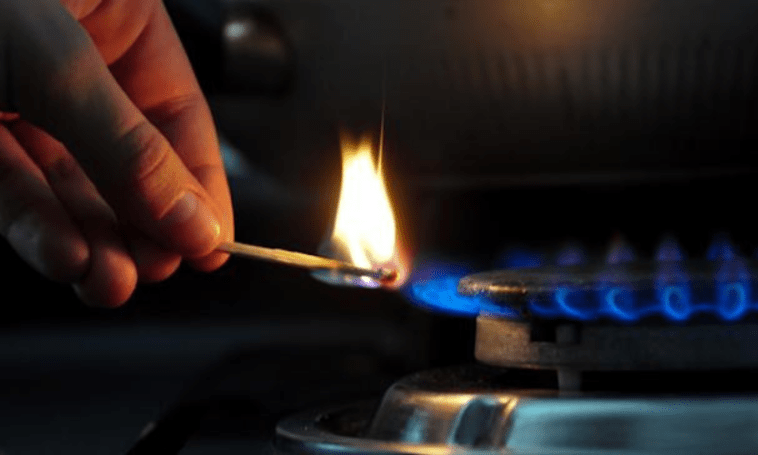Throughout the gas price adjustment process, the government has not addressed the issue of prominent figures in the fertilizer and textile industries who were obligated to pay over Rs500 billion in Gas Infrastructure Development Cess (GIDC). These influential sectors, despite benefiting from substantial subsidies, have refused to pay the GIDC, which was originally earmarked for funding critical pipeline projects. Consequently, the government’s plans to collaborate with Russia on the Pakistan Gas Stream Pipeline project were derailed.
Although the Supreme Court instructed the defaulters to pay the cess amount in installments, these sectors managed to secure stays from lower courts, evading their obligations to the government while continuing to receive significant subsidies.
The fertilizer industry, in particular, has faced allegations of exploiting farmers. They receive gas at lower prices compared to other sectors, yet they have raised fertilizer prices and collected cess taxes from farmers without remitting them to the government.
Now, the interim government is promoting its scheme to provide a Rs384 billion subsidy to various sectors. It is important to note that this subsidy is also being funded through a cross-subsidy mechanism imposed on gas consumers.
The Energy Minister provided a breakdown of the subsidy distribution, with the domestic sector set to receive Rs139 billion, the fertilizer sector Rs45 billion, and Roti tandoors (clay ovens) Rs200 billion. He assured that the monthly bill for protected class consumers would remain below Rs900, even for those consuming 0.9 hm3 of gas per month.
Regarding the fertilizer sector, the Energy Minister clarified that the gas price for fertilizers was set at Rs580 per MMBtu, aligning with the cost from Mari Gas. He emphasized that the government had only increased the price by Rs70 compared to the previous year to protect farmers and ensure food security in the country.
The government developed a Regionally Competitive Energy Tariff (RCET) in consultation with key stakeholders, considering the situations in India, Bangladesh, and Vietnam, which are known as net exporters of goods and services.
The government’s primary focus is on conserving gas in sectors that are inefficient or have alternative fuels available. Notably, more than 50% of commercial consumers are already using liquefied natural gas (LNG), and over 27% of compressed natural gas (CNG) connections are based on re-gasified liquefied natural gas (RLNG). Moreover, 57% of domestic gas connections fall into the protected category, making them eligible for subsidized gas.
Ali emphasized that a fixed monthly bill of Rs400 has been introduced to ensure affordability. However, this fixed bill has been increased from Rs10 to Rs400 for the 5.7 million gas consumers. As a result, approximately 93% of gas consumers are paying a gas price lower than the actual cost of gas. While 57% of households primarily consume 31% of the total gas, they account for only 11% of payments. In contrast, the upper class, representing 3% of gas connections, uses 17% of the gas and incurs a 39% billing rate.





